Designing a Calm Space for a Child With Special Needs: What Matters Most
Creating a calming environment is essential for children with special needs, as it can significantly impact emotional regulation and overall comfort. Tailored spaces help reduce stressors and sensory overload, supporting a child’s well-being and development. Through intentional design, families and caregivers can foster a sense of safety and reassurance. Thoughtful choices in layout, lighting, and sensory tools are key to an effective calm space.
1. Soft Lighting Choices

Gentle, adjustable lighting plays a vital role in minimizing sensory overload and fostering a soothing atmosphere for children with special needs. Opt for dimmable lamps or maximize natural light, steering clear of harsh fluorescent fixtures. Warm alternatives like salt lamps or fairy lights provide a calming glow that’s less overwhelming than standard overhead bulbs.
2. Noise Reduction Strategies
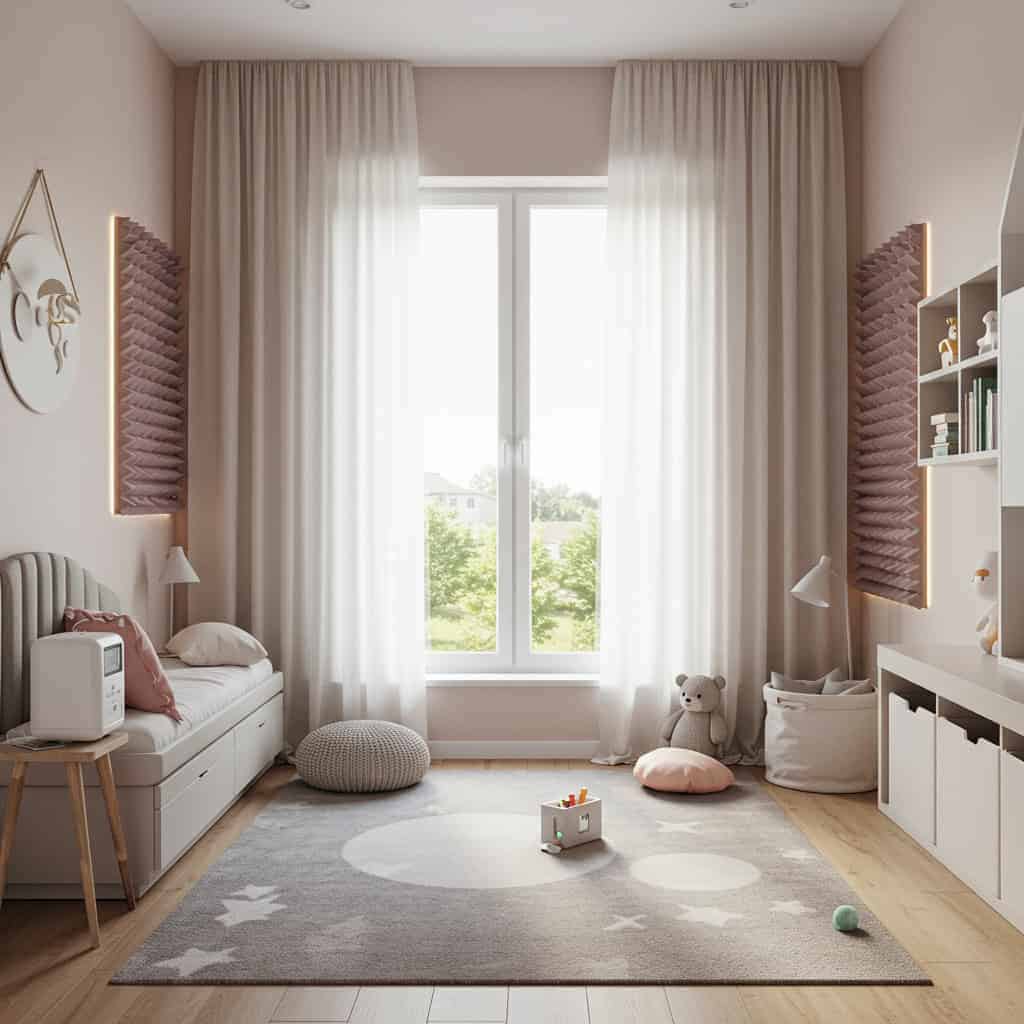
Minimizing disruptive sounds is essential for helping children with special needs relax and focus. Incorporating plush rugs, thick curtains, and acoustic panels can effectively absorb unwanted noise. Tools like white noise machines or gentle, calming music provide additional auditory comfort. It is important for children with sensory processing disorders to have quiet environment, supporting their ability to feel safe and at ease within their space.
3. Comfortable, Safe Furniture
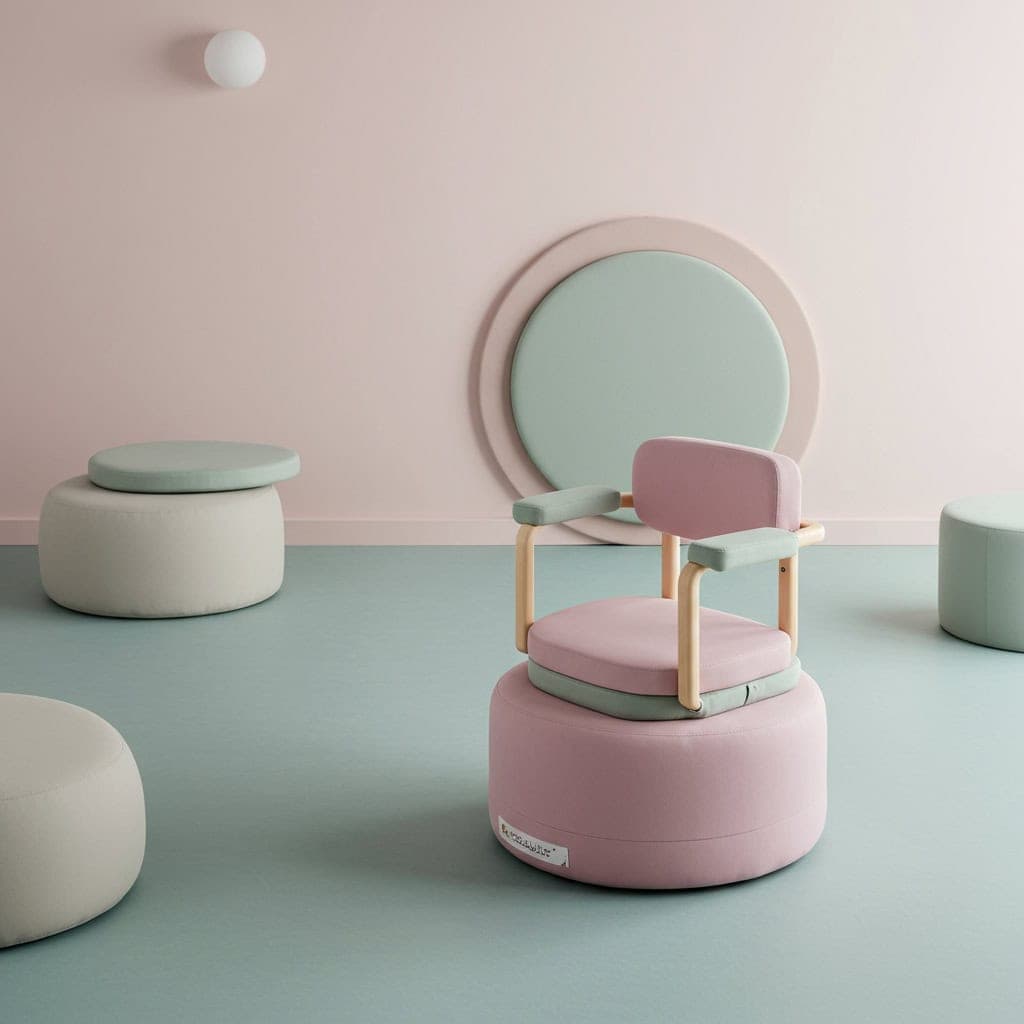
Choosing ergonomic, soft furniture such as bean bags or cushioned chairs creates a safe and cozy seating area for children with special needs. Furniture with rounded edges and sturdy construction helps prevent injuries, ensuring a secure environment. Adaptive seating options tailored to children’s physical or sensory needs is recommended, supporting comfort and promoting positive posture during relaxation or focused activities.
4. Sensory-Friendly Materials
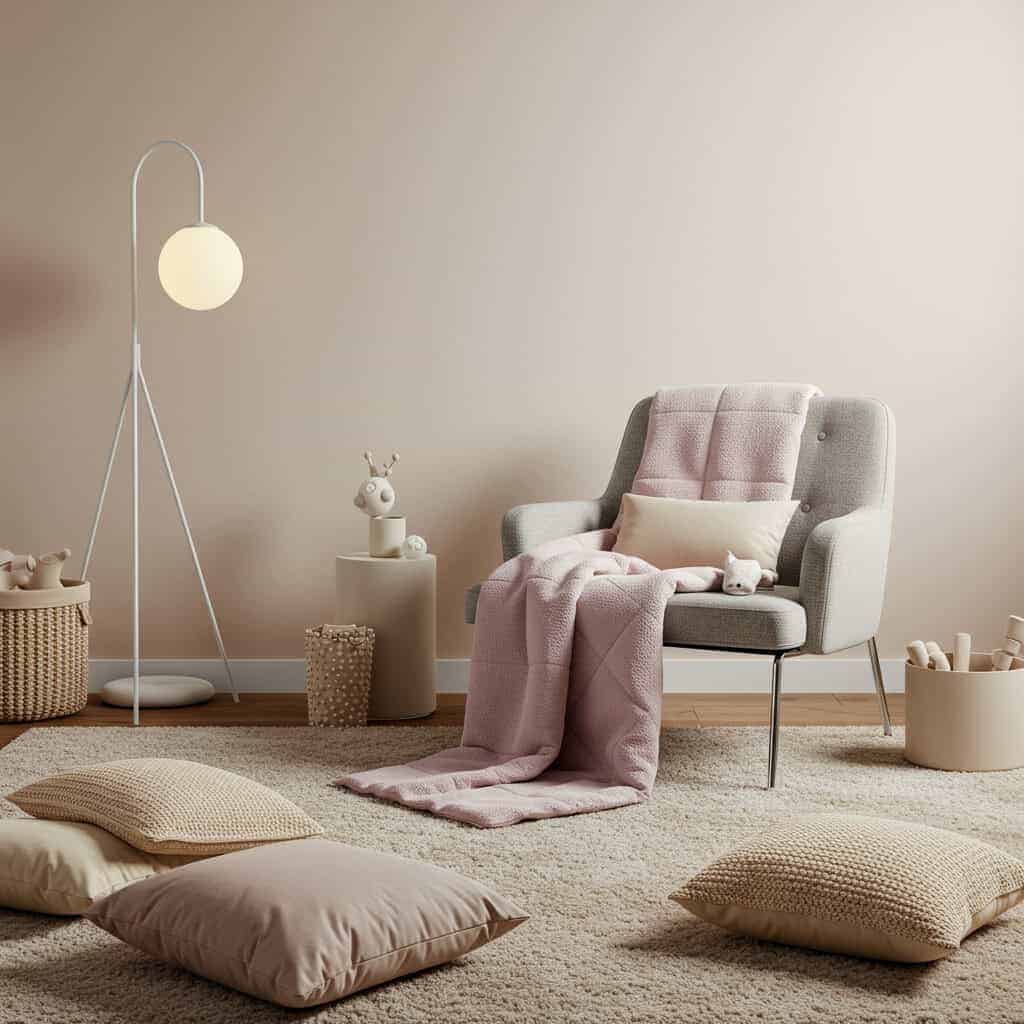
Textures play a crucial role in creating a calming environment, as some can soothe while others may overstimulate. Choose soft, hypoallergenic fabrics and non-toxic materials for all furnishings and accessories. Items like weighted blankets and textured pillows provide gentle, calming sensory input that helps children feel secure and comfortable.
5. Decluttered, Organized Spaces
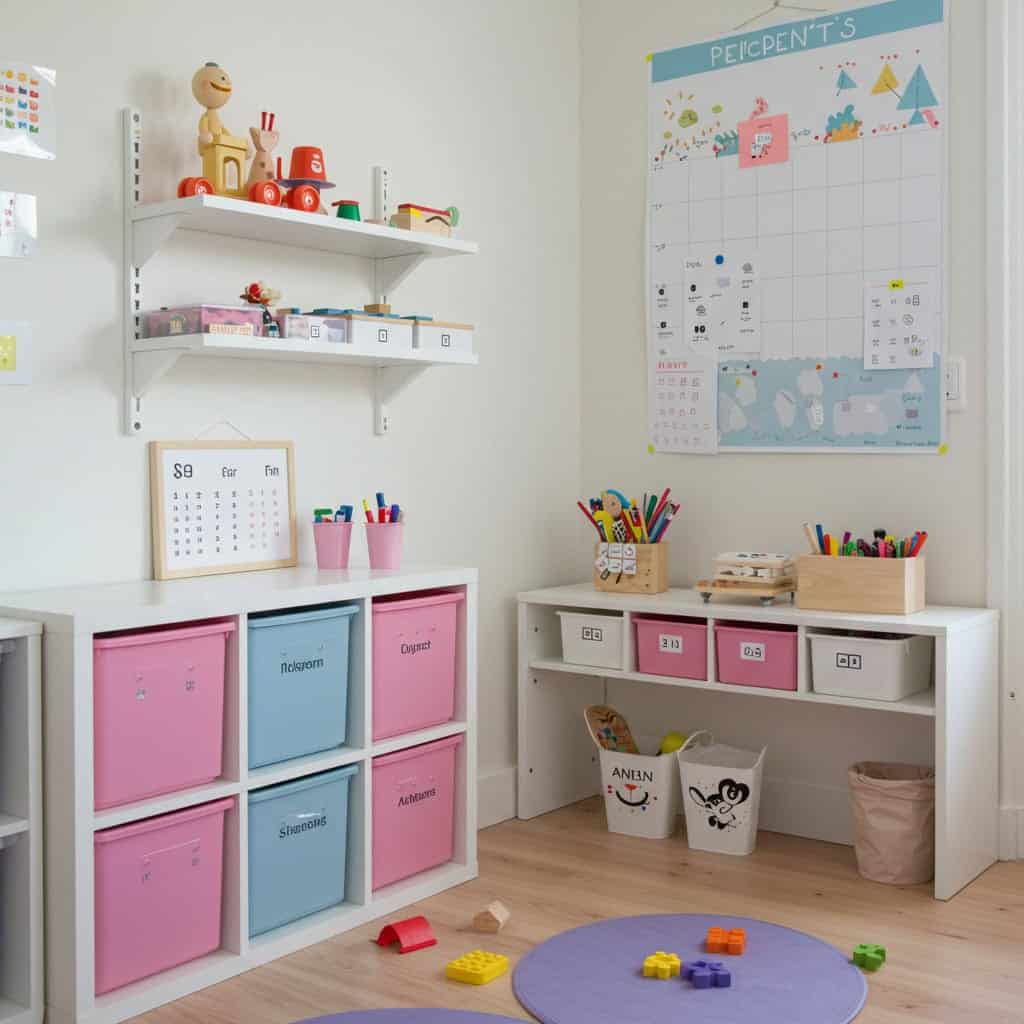
Maintaining a tidy, well-organized environment helps minimize distractions and reduce anxiety for children with special needs. Utilize storage bins, shelves, and clear labels to keep toys and supplies neatly arranged and easily accessible. Reducing clutter can significantly lower stress levels for children with ADHD or autism, supporting their ability to focus and feel more at ease within their space.
6. Personalization and Choice
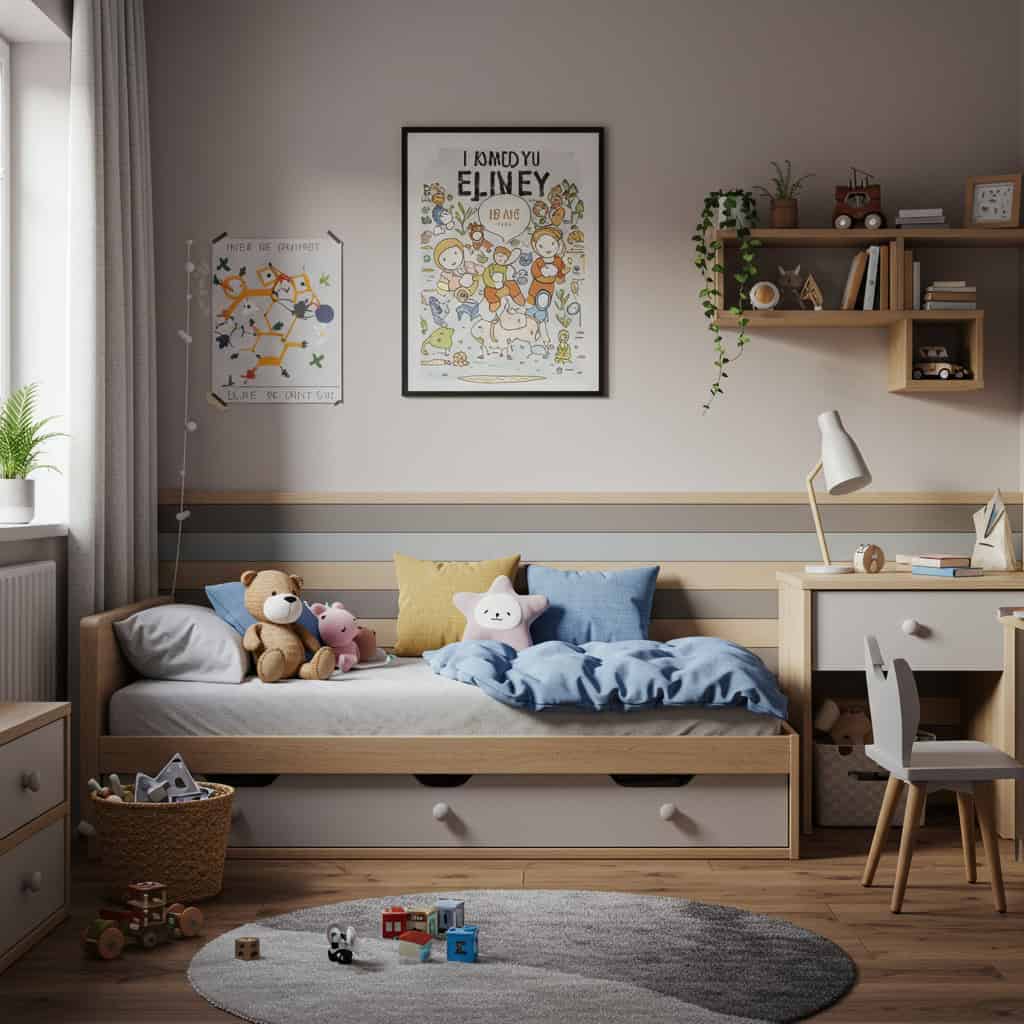
Empowering children to participate in selecting colors, décor, or comfort items helps foster a sense of control and belonging in their space. Adding personal touches such as a favorite stuffed animal or poster can provide comfort and emotional security. It is encouraged to involve children in the design process to ensure the environment feels welcoming and uniquely theirs.
7. Visual Supports and Cues
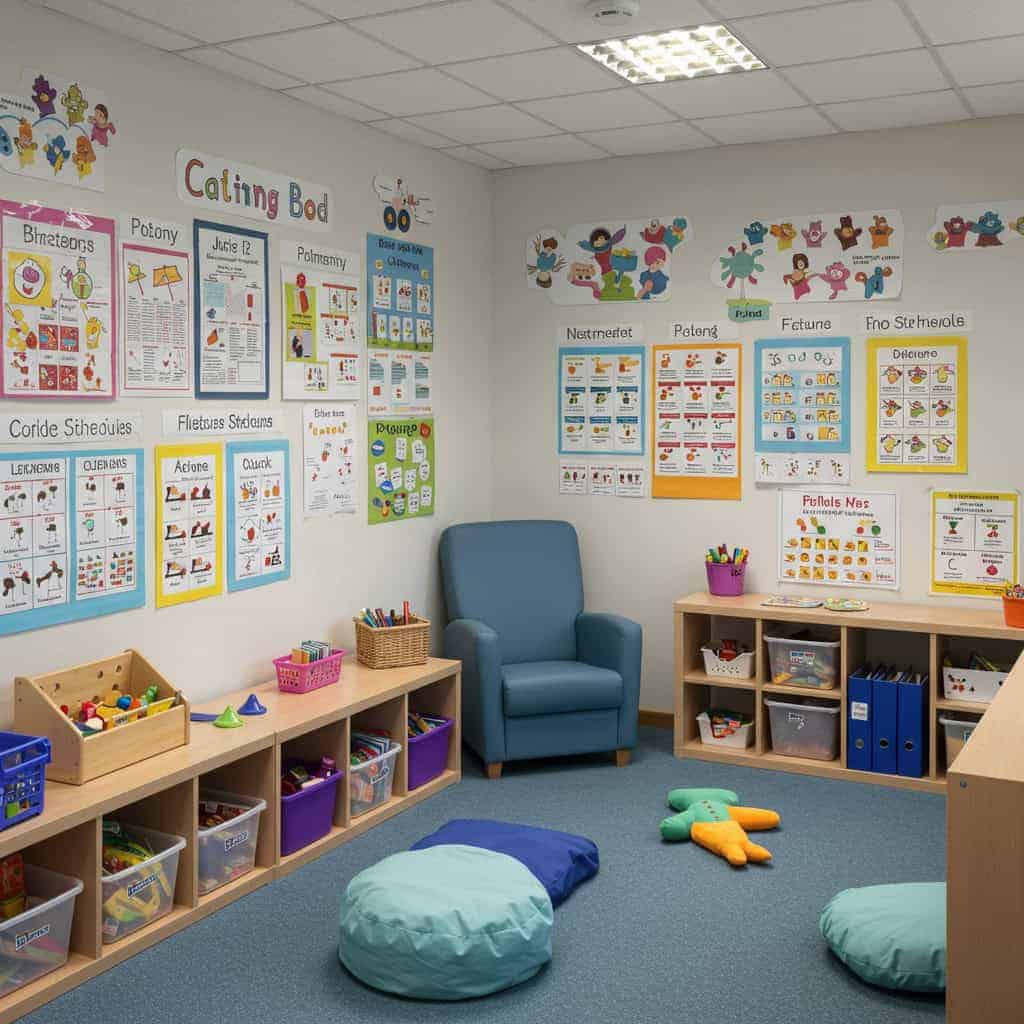
Clear visual schedules, picture labels, and calming posters are valuable tools to help children understand daily routines and set expectations. These visual supports aid in communication and provide reassurance, especially for children who benefit from structured guidance. They are commonly used in special education settings to create predictable, supportive spaces that reduce anxiety and foster independence.
8. Designated Quiet Zones
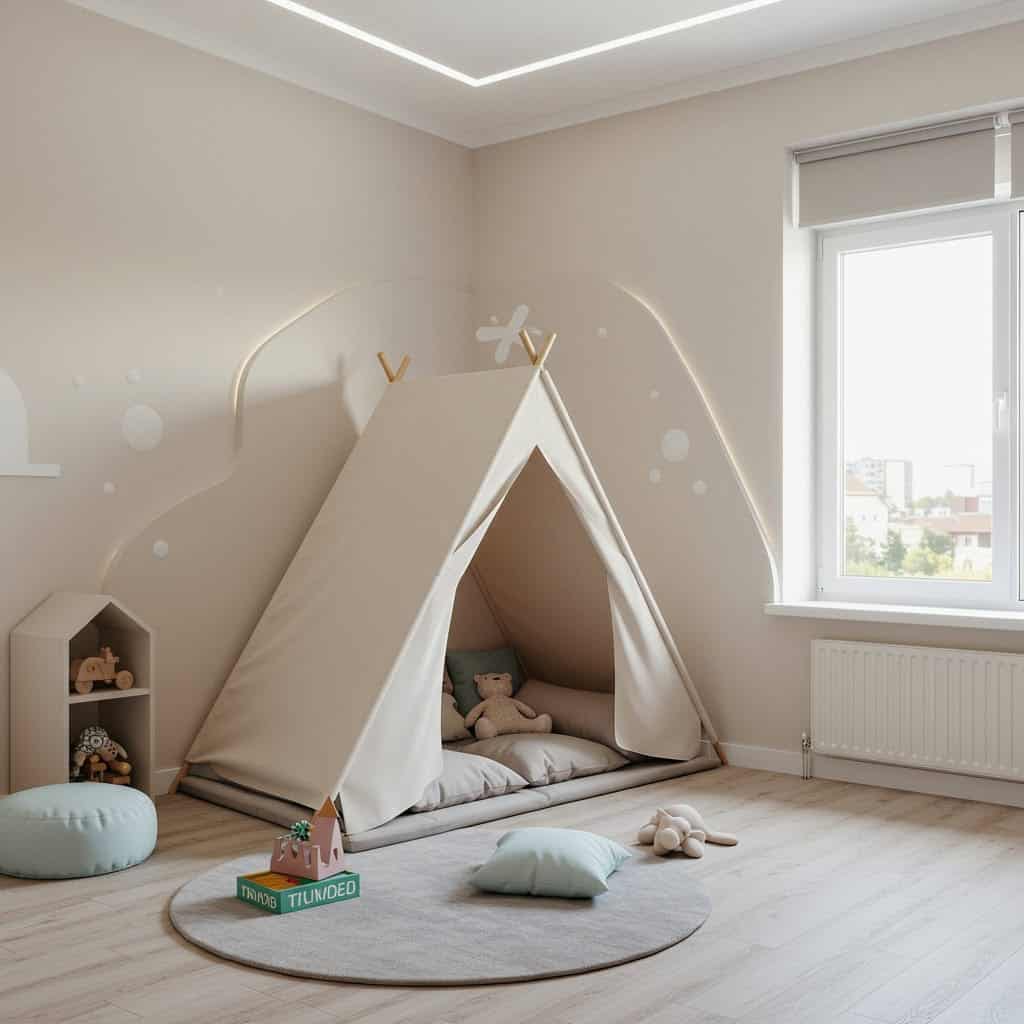
Providing a designated quiet zone, such as a small tent, cozy nook, or sensory pod, offers children a safe place to retreat and decompress when feeling overwhelmed. These spaces should be easily accessible, comfortable, and free from distractions to maximize their calming effect. Quiet zones is important in supporting self-regulation and emotional well-being for children with sensory processing challenges.
9. Calming Colors
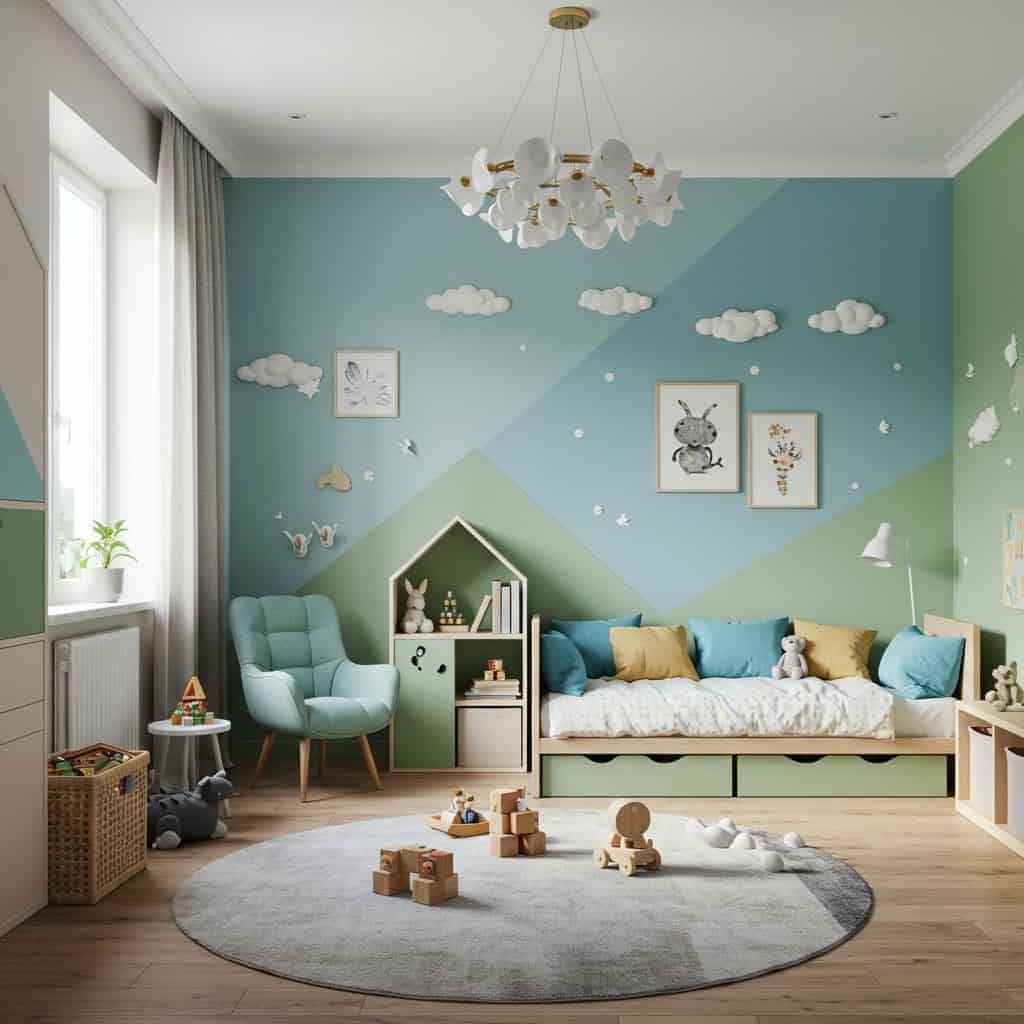
Soft blues, greens, and neutral tones are known to evoke tranquility and support mood regulation, making them ideal choices for a calming environment. In contrast, bright or highly contrasting colors may be overstimulating for some children with special needs. Research from Color Matters highlights the impact of color on emotions and behavior, emphasizing the importance of selecting soothing shades to promote a peaceful, comfortable space.
10. Access to Nature or Nature-Inspired Elements

Incorporating elements of nature, such as indoor plants, nature-themed décor, or access to views of greenery, can significantly reduce stress and encourage relaxation for children with special needs. If possible, providing access to a small garden or simply a window with a view of trees can be incredibly soothing. Studies referenced by the American Psychological Association highlight the powerful calming effects of nature, supporting well-being and emotional balance in children’s spaces.
.article-content-img img { width: 100% }




